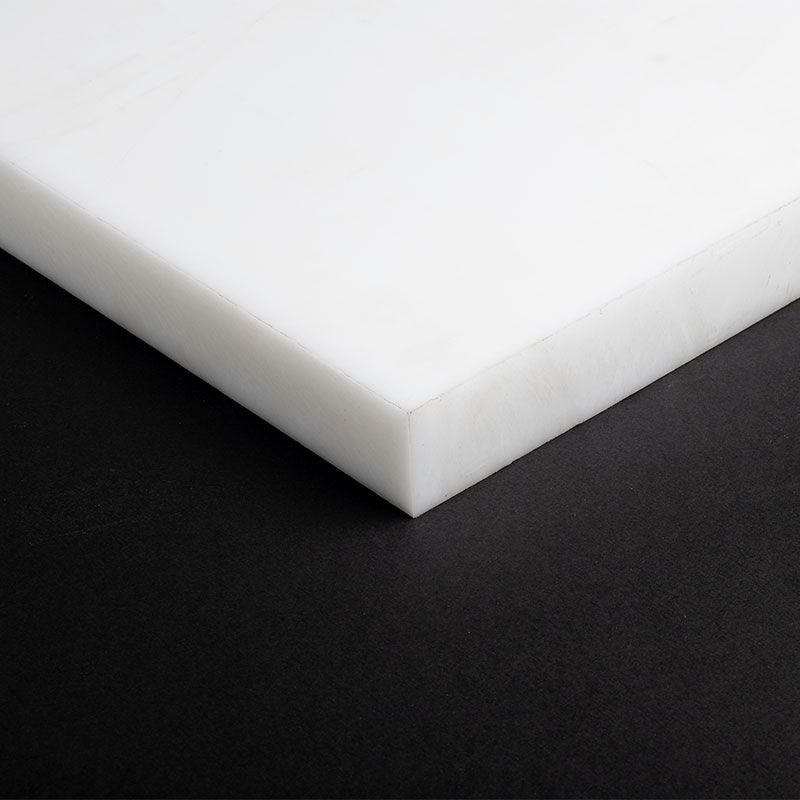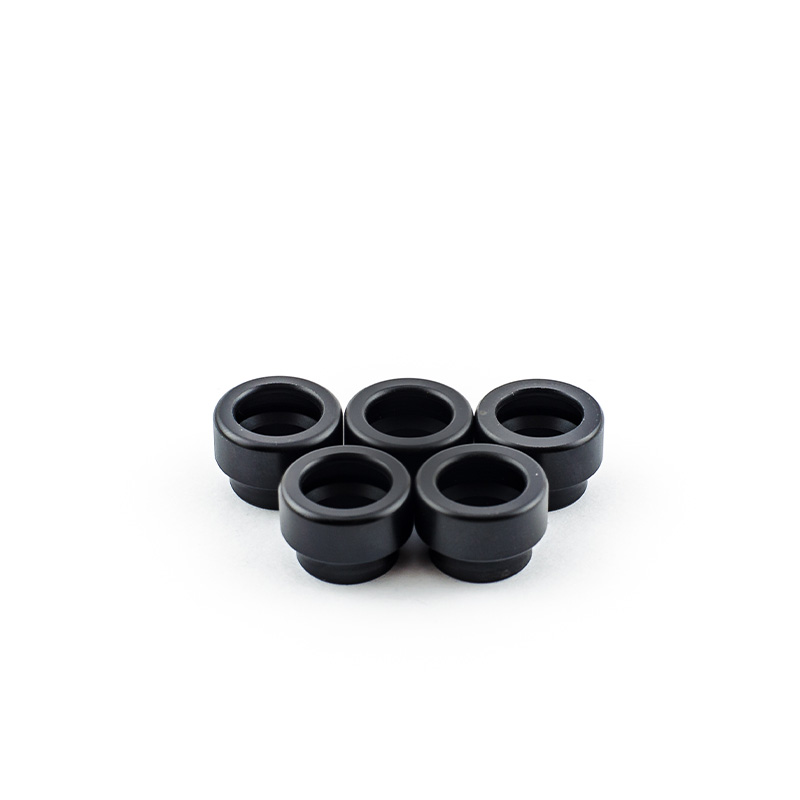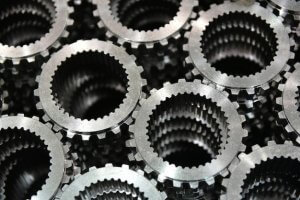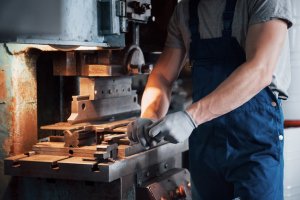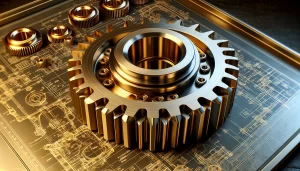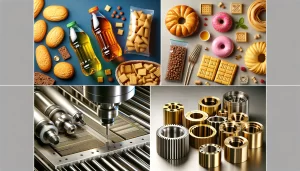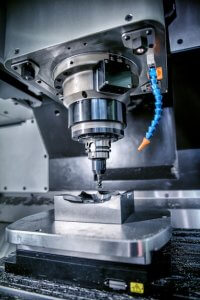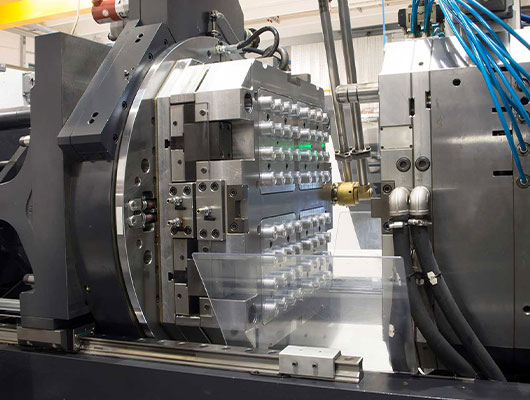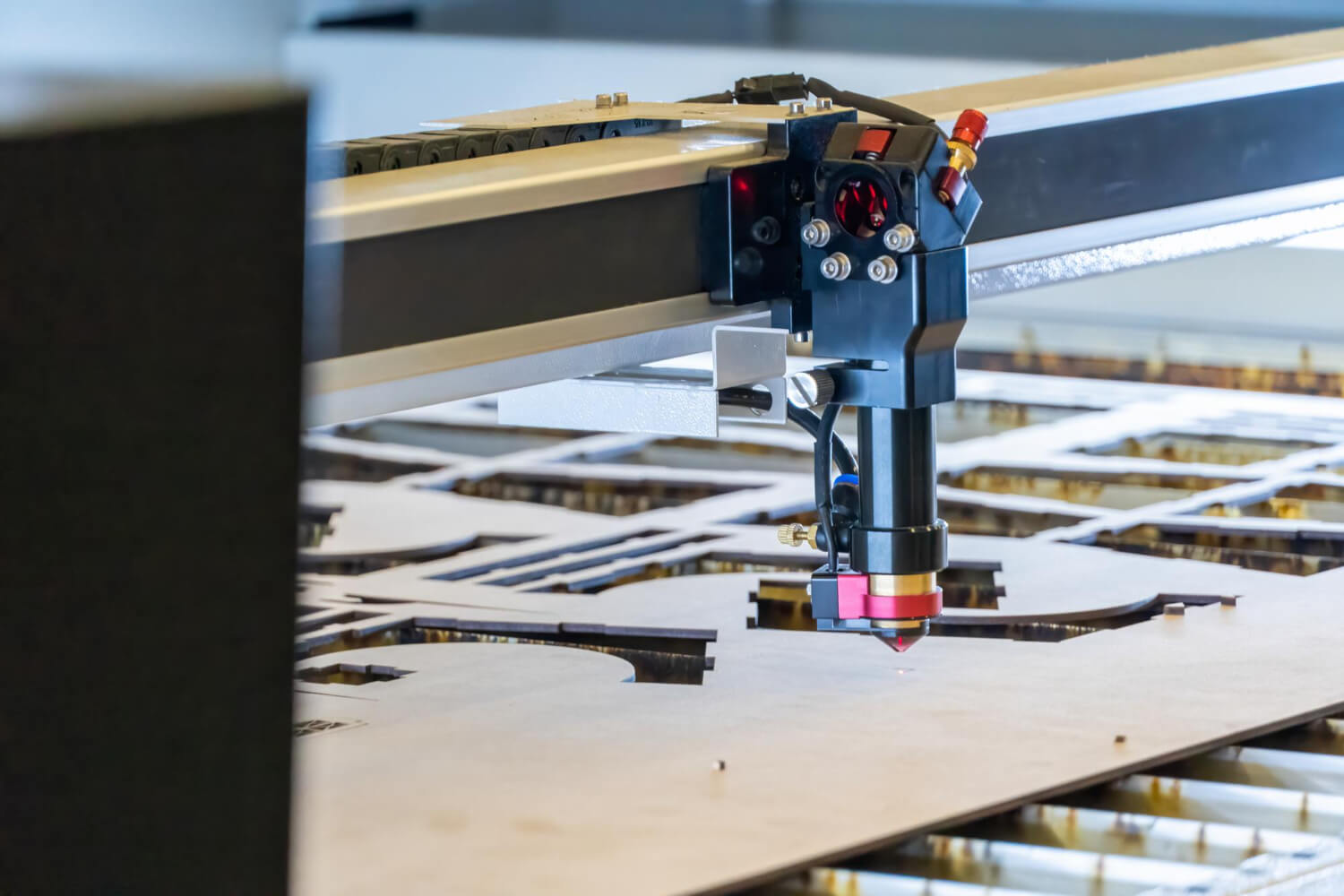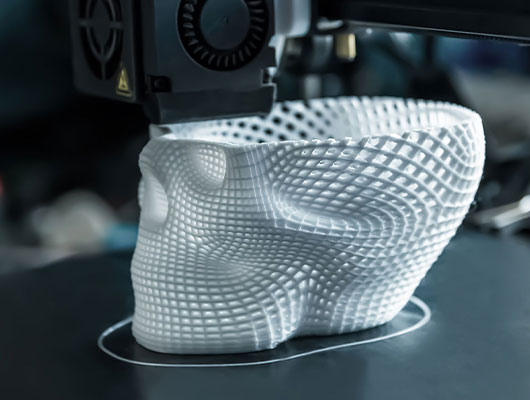Zinc is a popular material for CNC machining due to its unique combination of strength, malleability, and aesthetic appeal. To enhance its appearance and protect it from wear and tear, zinc parts can be finished with a variety of surface treatments. Two of the most common surface finishes for zinc are painting and chrome plating.
Painting
Painting is a popular surface finish for zinc parts because it offers several advantages. Firstly, it provides a high level of corrosion resistance, which is essential for parts that will be exposed to harsh environments. Secondly, painting allows for a wide range of color options and can be used to create custom finishes that match specific branding or design requirements. Finally, painting is a cost-effective finish option that can be applied quickly and efficiently, making it ideal for high-volume production runs.
Disadvantages of Painting: While painting offers several advantages, there are also some potential drawbacks to consider. Firstly, painted finishes may be less durable than other surface finishes, particularly in high-stress or high-temperature environments. Secondly, painted finishes may require more maintenance and touch-up over time to maintain their appearance and functionality. Finally, painted finishes may be more prone to chipping, cracking, or peeling, which can impact the overall appearance and durability of the finished part.
Chrome Plating
Chrome plating is another popular surface finish for zinc parts. It provides a durable and attractive finish that is highly corrosion-resistant and offers excellent wear resistance. Additionally, chrome plating can be used to achieve a high level of surface hardness, which makes it ideal for parts that will be exposed to high wear and tear. Finally, chrome plating provides a high level of aesthetic appeal and can be used to create custom finishes that enhance the appearance of the finished product.
Disadvantages of Chrome Plating: While chrome plating offers several advantages, there are also some potential disadvantages to consider. Firstly, chrome plating can be more expensive than other surface finishes, particularly for smaller production runs. Secondly, chrome plating may require more time and effort to apply, which can impact production timelines. Finally, chrome plating may not be suitable for all applications, particularly those that require high levels of thermal or electrical conductivity, as the chrome layer can act as an insulator.



